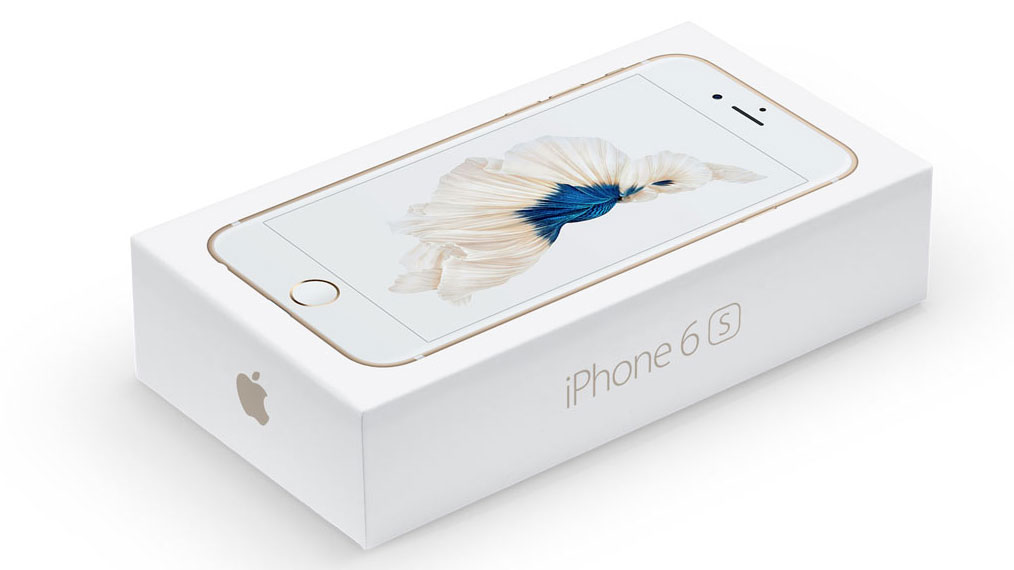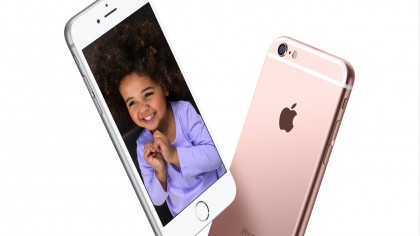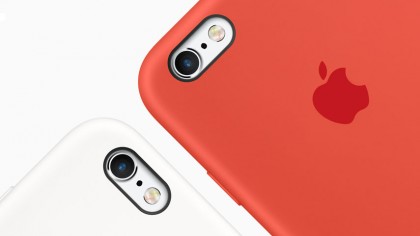10 things you need to know about the iPhone 6S
This is what you really need to know

The iPhone 6S is Apple's mainstream iPhone choice for the rest of 2015 and 2016. And guess what: it looks just like the iPhone 6.
But before you go kicking up a stink on Facebook, complaining Apple has gone down the pan, you need to school-up on a few things. We've put together the 10 things you absolutely need to know about the new iPhone 6S.
At least then you can slag off the new mobile and sound like you know what you're talking about. And, who knows, maybe we'll help to change your mind. Because we can pretty much guarantee this isn't going to be a bad phone.
1. It now comes in a pinky colour

Let's start with the flimsiest new bit of the lot. Apple will make the iPhone 6S in a pinky shade as well as the usual grey, silver and gold.
Apple calls it rose gold, although it's most certainly still made of aluminium rather than gold. It also doesn't really look gold at all. It's definitely, well, pink. The shade has enough smokiness to it to avoid looking remotely gaudy, though. Apple doesn't make cheap-looking gear, after all.
If you don't want to own a pink phone, you can also get the iPhone 6S in the more familiar grey, silver and gold shades.
2. The dinky-ish 4.7-inch screen remains
If you were hoping Apple would nudge the iPhone 6S screen size up a bit, to bring it in-line with the Android crowd, you're going to be disappointed. It still has a 4.7-inch screen, now considered a size common only to budget phones outside of the Apple line-up.
Get daily insight, inspiration and deals in your inbox
Sign up for breaking news, reviews, opinion, top tech deals, and more.
The tech behind the display hasn't changed, either. You get a good IPS LCD panel and 1334 x 750 pixel resolution. That's right: closer to 720p than Full HD, which may seem a bit of a cheek when Sony just made a 4K-resolution phone. Or, more to the point, that you can get Full HD Androids for half the price without even trying,
3. Camera megapixel count is up

After years of making clever behind-the-scenes improvements to its phone camera, Apple has finally bumped up the iPhone iSight camera resolution, from 8MP to 12MP. The sensor uses deep trench isolation to help avoid cramming more pixels into (presumably) the same-size sensor causing any image quality loss.
You see, when you squeeze sensor pixels in closer, making them smaller, you're more likely to get crosstalk. That's where light from one sub pixel ends up in the 'box' of another. Trench isolation helps avoid this, letting the iPhone 6S whack up its sensitivity further while keeping a tighter rein on noise and colour distortion. With any luck it'll mean we get more detail, but no more noise than before.
Apple didn't talk about iPhone 6S optical image stabilisation, though, leading us to believe it has, once more, been left out of this smaller iPhone. If that's the case it means the iPhone 6S will have worse low-light performance than the best Android cameras. Oh well.
4. You can shoot 4K video, and low-light selfies
With the move to a 12MP sensor we get 4K video capture, where each frame has as much information in it as an 8MP photo. Not bad, right?
As in previous iPhones, the iPhone 6S will likely crop into the sensor slightly when shooting video to get you software stabilisation, letting you get rid of some of that ugly hand shake effect.
What might be of more use to some of you though is the TrueTone selfie feature. What this does is use your phone's display as a makeshift flash unit, overdriving the LCD to make it even brighter than normal. It works by assessing what the front 5-megapixel selfie cam sees and then altering the tone of the screen to deliver the most natural-looking photo.
Andrew is a freelance journalist and has been writing and editing for some of the UK's top tech and lifestyle publications including TrustedReviews, Stuff, T3, TechRadar, Lifehacker and others.
